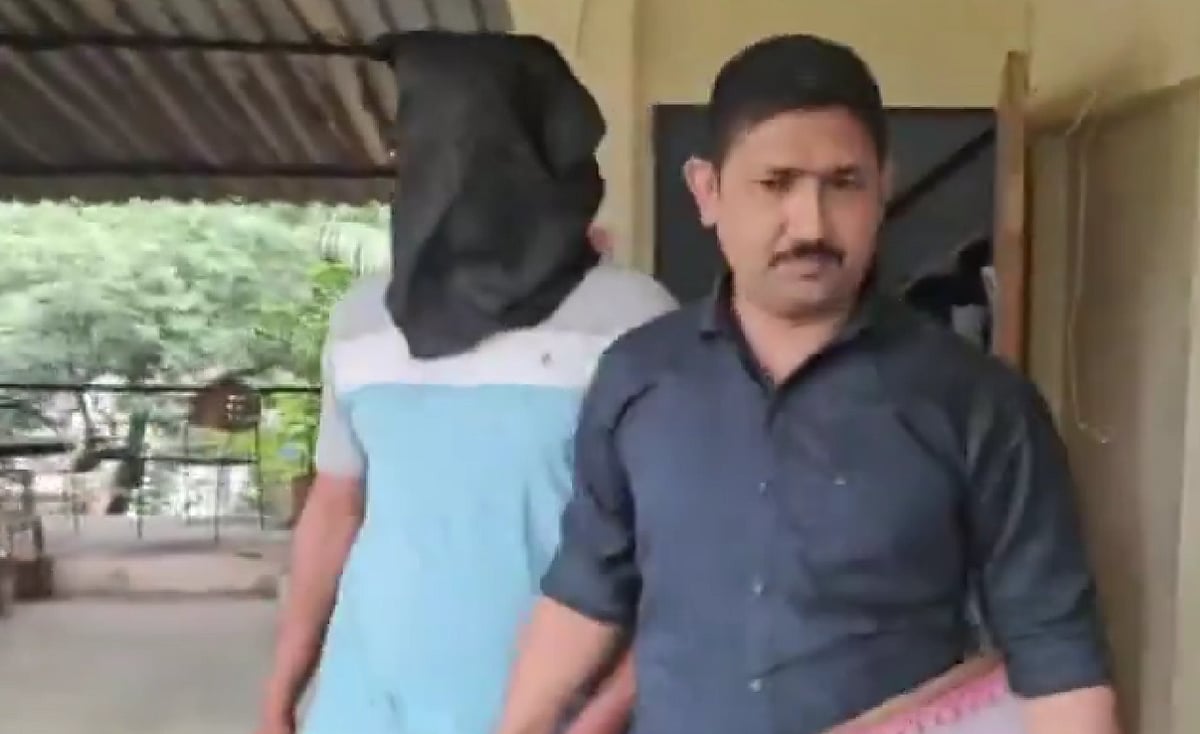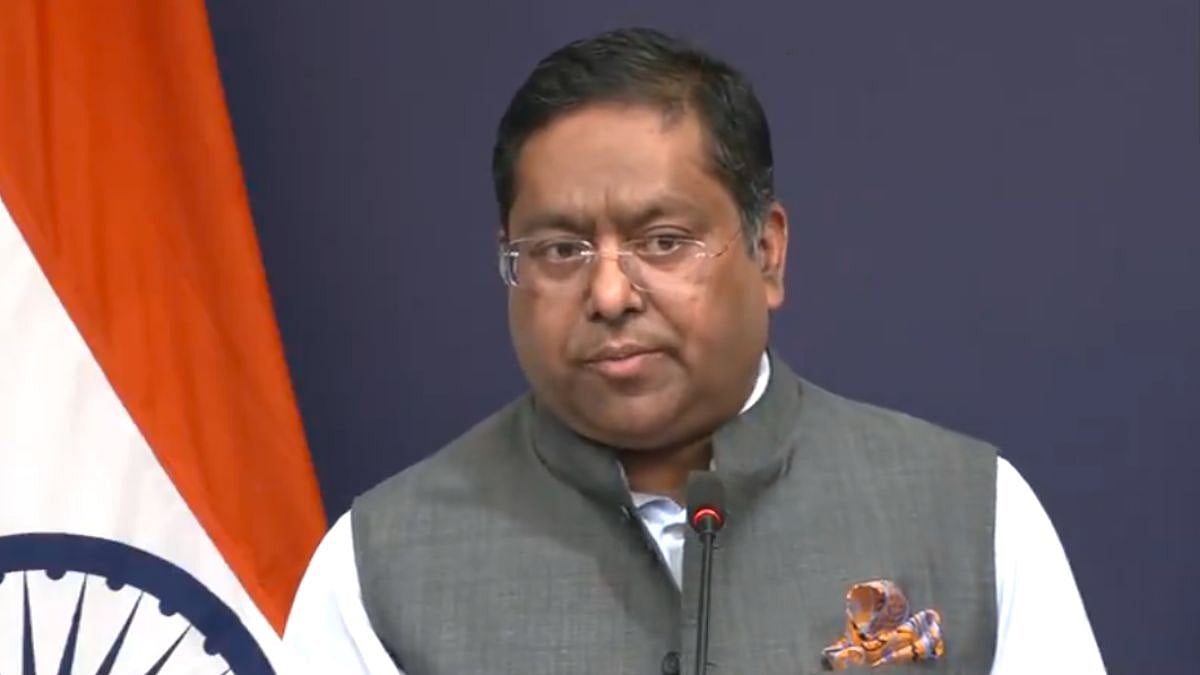Almost hundred years after Dr Keshav Baliram Hedgewar on Vijaya Dashmi founded it in 1925, the Rashtriya Swayamsevak Sangh (RSS) has transformed with the changing times. One can easily identify four distinct phases of the transformation.
For the first 25 years, until India gained Independence, the RSS worked primarily to expand its base and to protect the Hindus. Especially, during the riots in the then North Western regions of the British India. During this period, the RSS thrived on the basis of Veer Savarkar’s concept of Hindutva which unites divided Hindus. Throughout this period, the RSS kept friendly relationship with both the Congress and the Hindu MahaSabha, all the while keeping the organization safe from the wrath of the British government.
During the second phase of next 25 years, the RSS struggled to survive, after the assassination of Mahatma Gandhi and looked for foothold in the Indian politics through formation of Parivar organizations like the Jan Sangh, the ABVP, and the VHP. Still, the establishment then in the Congress party, which was combination of pro Hindu and Nehruite secular, kept the RSS aside, which emphasised upon critical approach toward Pakistan and toward the Indian Muslims.
The third phase of agitational activism under the leadership of then Sarsanghchalak Balasaheb Devras, started in 1974 and lasted till formation of the Vajpayee Government. The 1974 student agitation, underground struggle during the Emergency era of Indira Gandhi, strategic compromise to sustain non-Congress Moraraji Desai Govt., illegal Bangladeshi migration in Assam and Ram Janmabhoomi movement are the known highlight points of this era. It was also during this period, in 1980’s, the RSS adopted assimilation approach via dialogue with the Muslim and Christian groups in India.
Dismayed with the Vajpayee govt. performance contrary to ideology which led to electoral defeat and angry due to the insulting label of “Hindu Terrorism” the RSS under current Sarsanghchalk Mohan Bhagwat involved in transformation of the Modi government. With sympathetic Modi govt at the centre, the RSS wants to implement its decades old India centric concepts in various domains. Rural development, job oriented nationalist education, spiritual based equality in the social order and the mindset, in law and order, rural-centric economic progress, environment friendly policies like river cleaning, preservation of forests and of course the military might to protect the integrity of Bharat, are just to name a few. Common DNA in the South Asia adds strength to RSS concept of Hindu as name given to Indian people and the culture which incorporates various way of worship, sects, castes and sub-castes and linguistic groups.
Challenges RSS has to face are caste ego which divide Hindu society (caste as tool in the power politics), sectarian orthodoxy (Sikh, Lingayat etc), dissatisfaction among its urban educated middle class over the reservation policy, which they feel discriminative and sets aside merit and the accommodation of political establishment who is accused of rampant corruption. This urban middle class is westernized in mindset, English school educated and egger to migrate abroad for better jobs. So far this middle class is the backbone of the RSS who provide needed chain of selfless Pracharak (fulltimers) as national network to growth of RSS and Parivar organization. BMS, BKS, Human Right group, media, list can goes on need large number of dedicated RSS trained workers. Even though Rashtra Sevika Samiti is 85 years old women’s organization and four decades old Stree Shakti, still are in secondary role in decision-making. Is it reflection of Indian society? Narration setting, articulate argument, and authentic academic presentations are need of time for RSS.
The author is a US-based independent journalist and researches who had been studying the RSS for past 60 years. He is also the co-author of ‘The brotherhood in Saffron’ (1987) and ‘RSS : A View to the Inside’ (2018)











